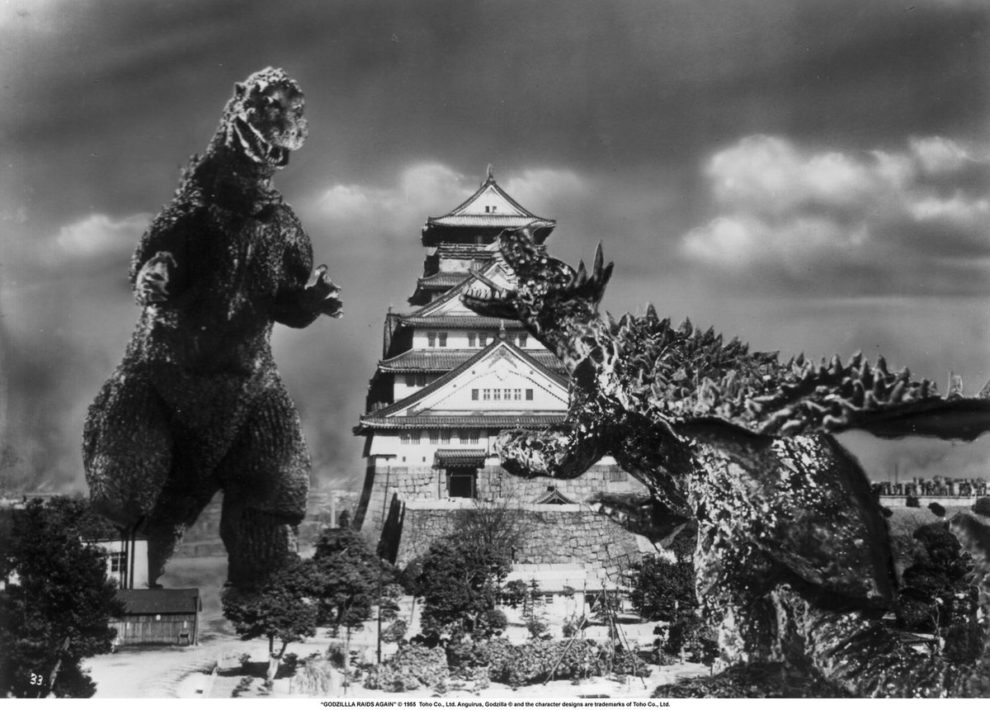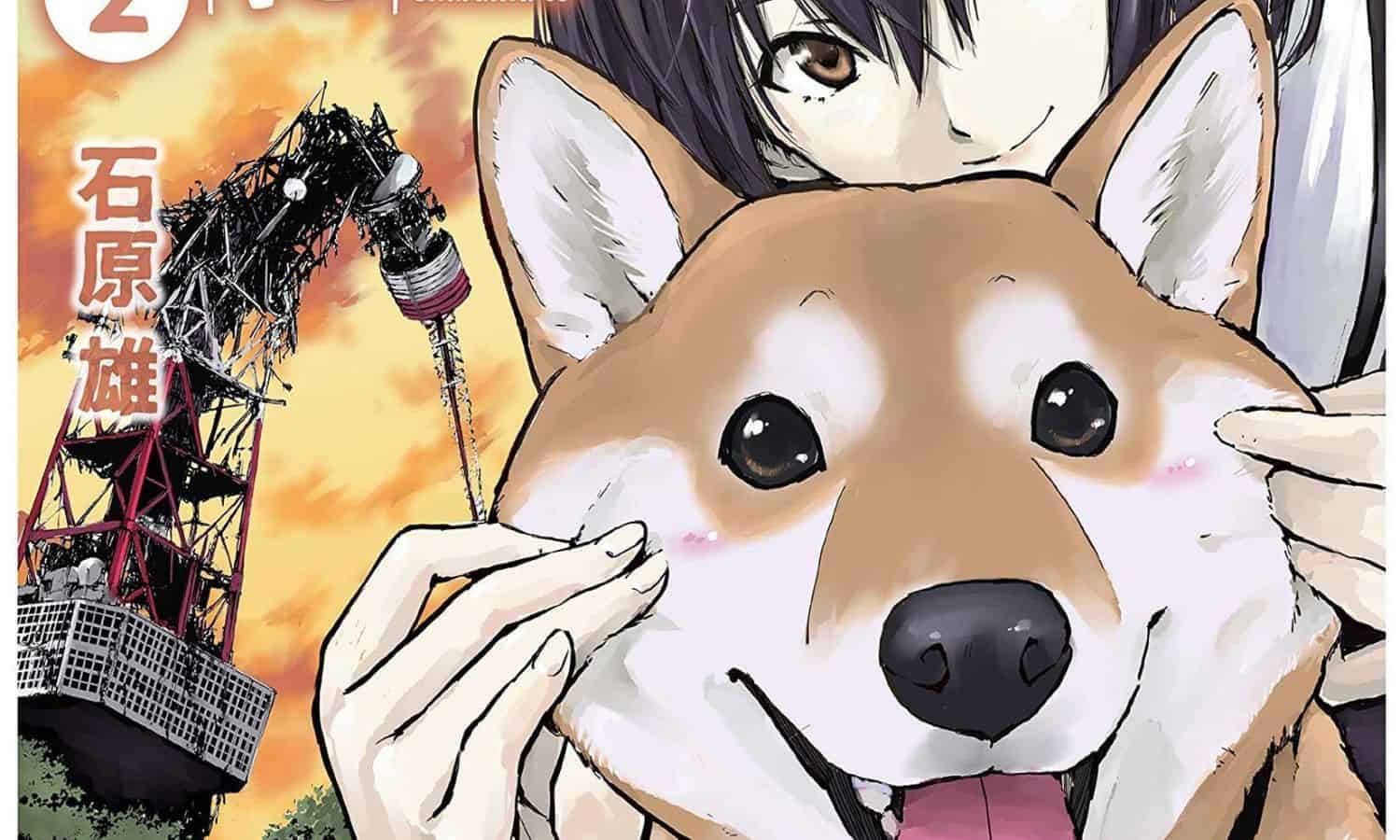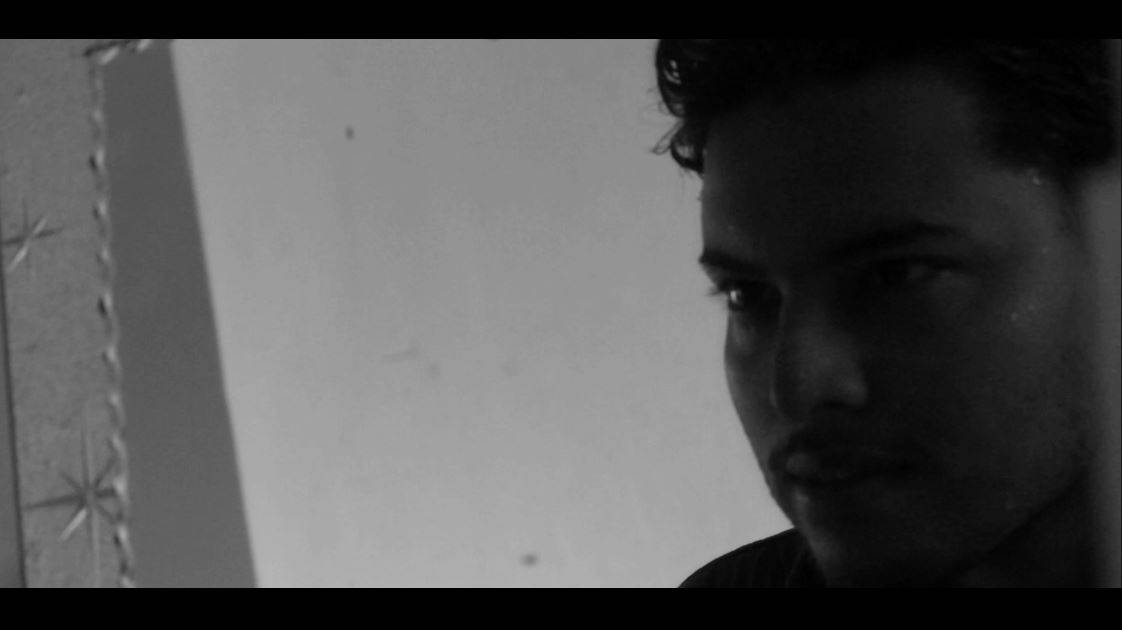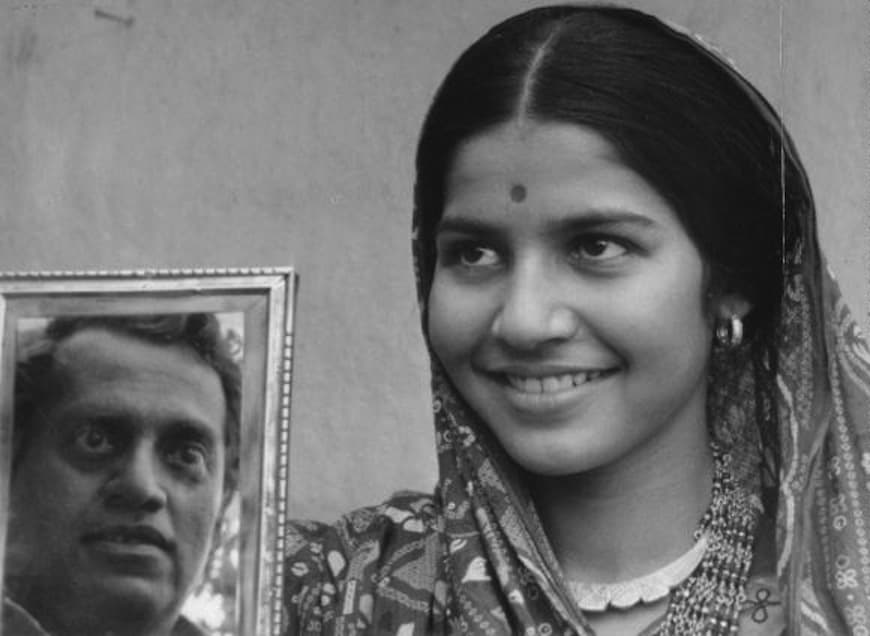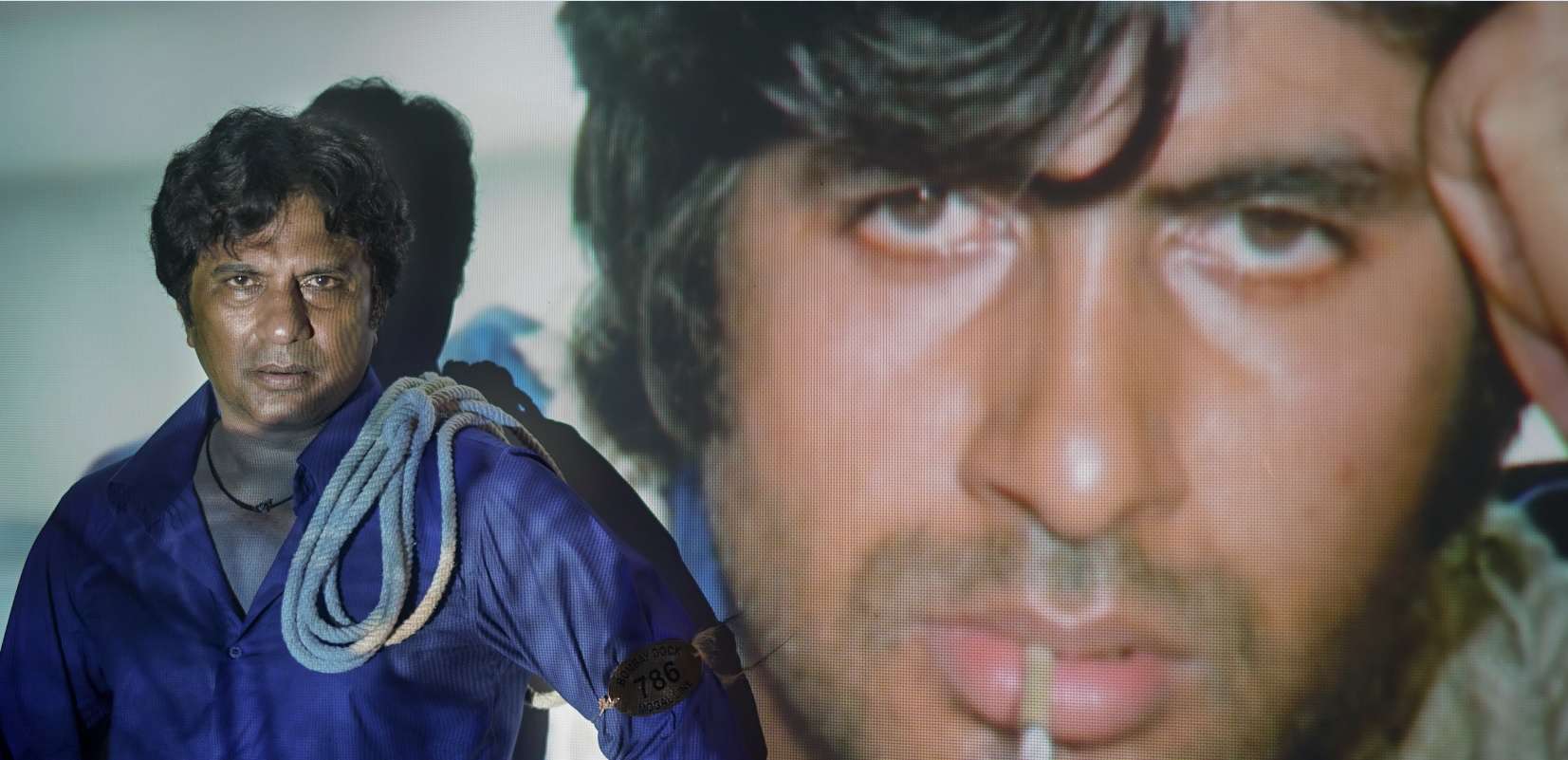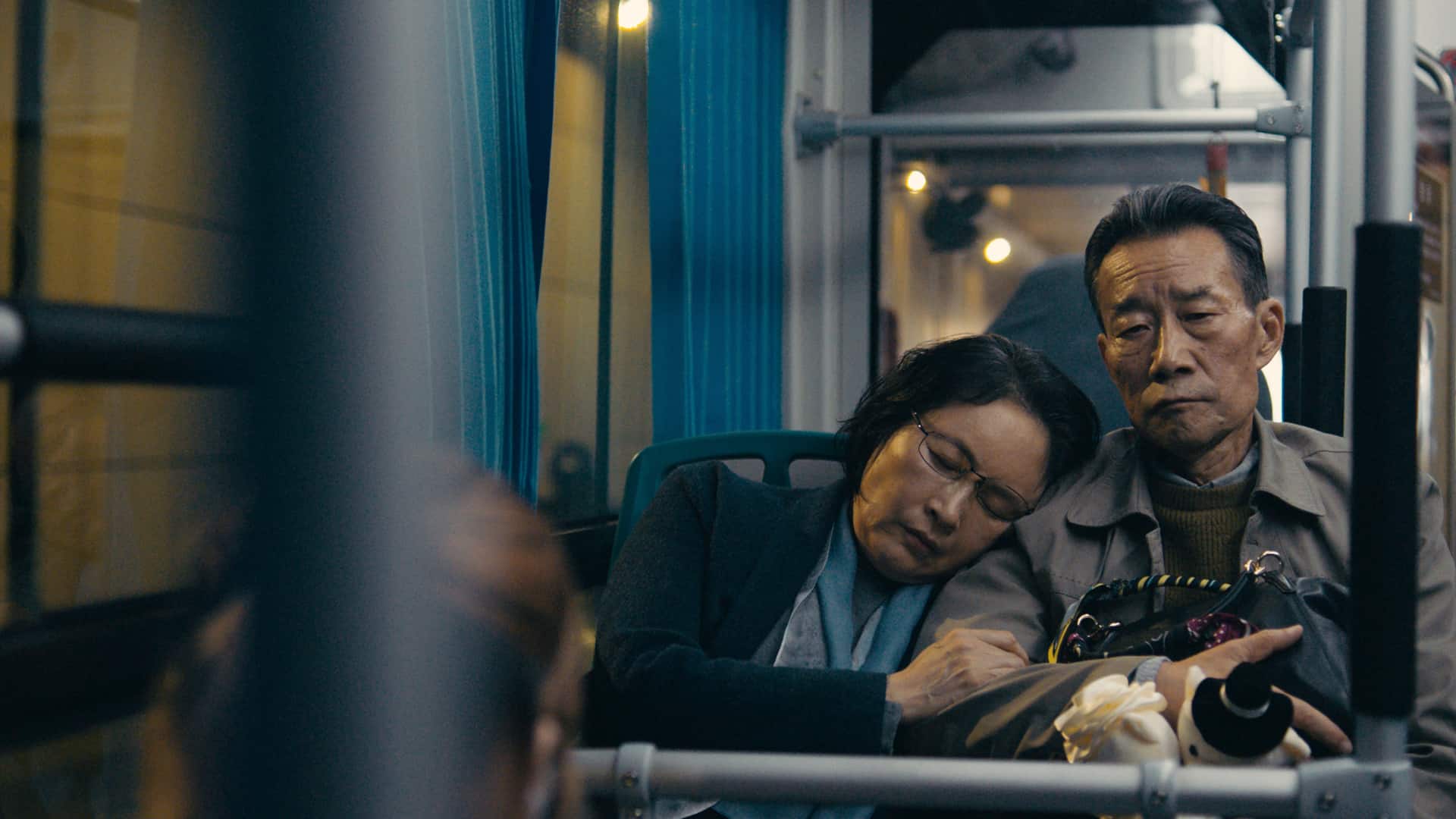After the huge commercial success of its predecessor, it was only a matter of months for production company Toho to come up with a follow-up to Ishiro Honda's original “Godzilla”. However, with Honda working on several other features at the time, directing duties were handed over to Motoyoshi Oda, who had worked with Honda on other features as his assistant and who also had experience working with movies relying on special effects, as his 1954 science-fiction venture “The Invisible Avenger” had proven. With the second feature possibly signaling the beginning of a franchise, Oda and his team went on to develop the story, but also the special effects in order to show Godzilla more often on screen, as well as have him fight against another monster, something which would become even more important in the years to come, as the infamous kaiju would be challenged by several other creatures like him.
Buy This Title
on Amazon
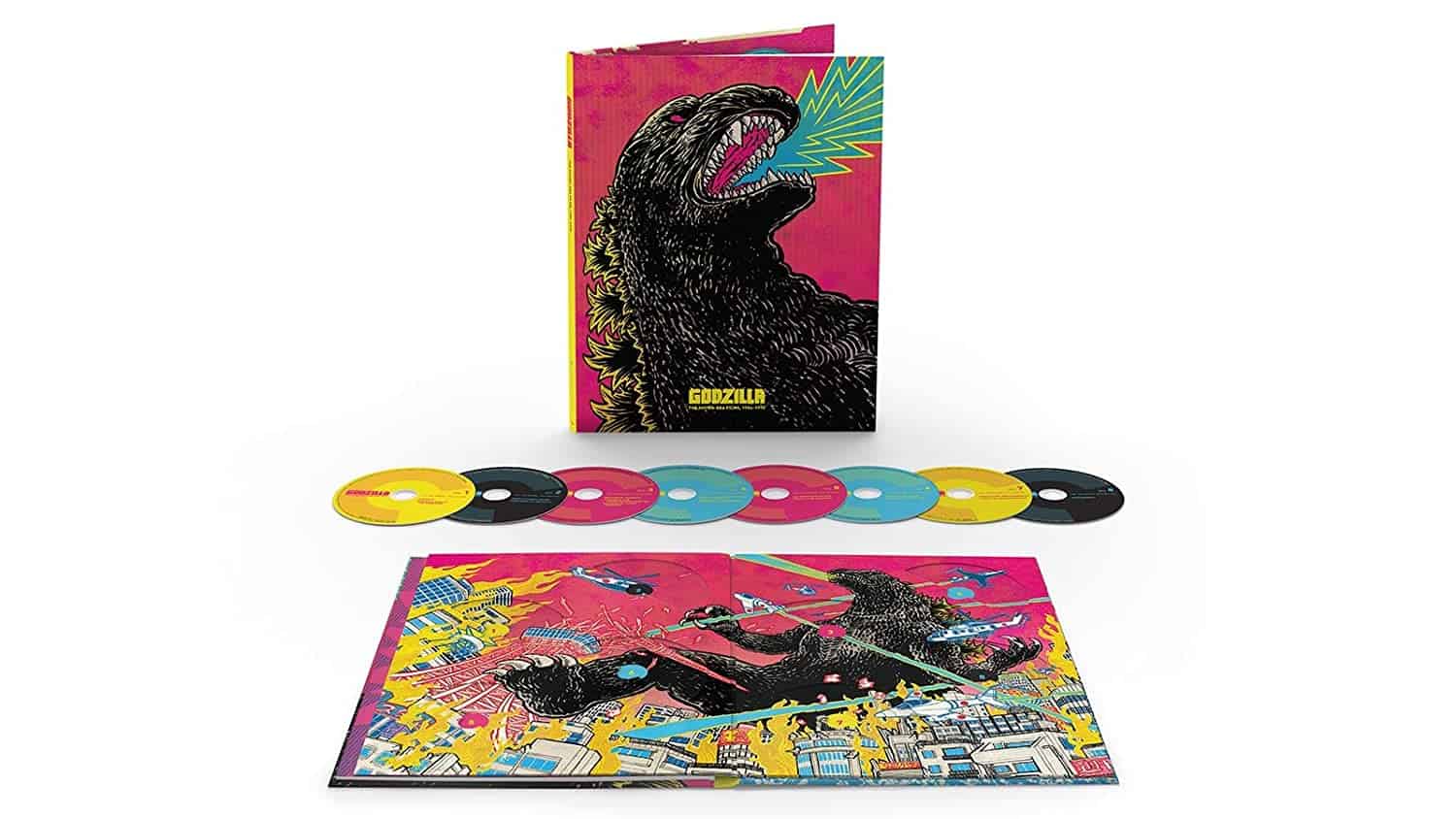
The story begins a few years after Godzilla laid waste to parts of Tokyo, with the world now at ease and relying on the thought the creature lies dead on the bottom of the ocean. However, when two pilots working for a fishing company in Osaka, Shoichi (Hiroshi Koizumi) and Koji (Minoru Chiaki) land on Iwato Island, they witness the feared monster wrestling with another dinosaur-like monster, later named Anguirus. Back on the mainland, politicians and scientists discuss possible measures to prevent a similar catastrophe in Osaka like the one in the capital, with Dr. Yamane (Takashi Shimura) giving very little hope when it comes to a direct attack of the monster, but emphasizing how bright lights might at least be able to stop Godzilla for some time and prevent it from getting close to the harbor.

As the predictions prove to be true and recon aircraft report Godzilla approaching Osaka, an order is given to evacuate the city, and the military readies itself for an attack, but also their means to divert the route of the monster. However, due to unforeseen circumstances, the giant creature continues its approach, even though the initial maneuver by the military had looked promising, and, to make matters worse, is followed by Anguirus, with both of them continuing their fight in the city, and the catastrophe now being impossible to prevent.
In an interview about his works, director Ishiro Honda claims there had been no plans for a sequel to “Godzilla”, despite its commercial appeal, with him and the producers hoping after the end of nuclear testing, there would be no more interest in a monster with atomic breath. However, the original and its follow-up instead laid the foundation for a franchise which would go on to be one of the most successful in the entire world, with Oda's “Godzilla Strikes Again” introducing the fight of two monsters as one of the lasting feature of the series. This concept is also the cornerstone of the first part of the movie, with Shimura reprising his role from the original to give the other characters (and thus the audience) a reminder of the destructive force of the monster, as well as an introduction to the nature of Godzilla's opponent, whose genesis and growth follows a similar pattern being caused by nuclear testing. For the time of production, the fight between these creatures is quite impressive and surprisingly fast-paced in comparison to other, even more recent entries into the franchise. These scenes, in the context of the idea of Godzilla's story being continued in future films, may also serve as a further emphasis on the power of the monster, which appear next to indestructible and boosted by a deep rage.
Additionally, Oda continues the metaphor used in the original feature, of the destruction caused by Godzilla being an echo of the tragedies of Hiroshima and Nagasaki. Especially in the second half of the movie, which is more character-driven and focused on the aftermath of the second attack, the sight of the destroyed Osaka harbor and its surrounding area seems to mirror the kind of human drama as a result of what was essentially caused by nuclear power. This kind of power has become something uncontrollable, something which scientists like Yamane in the feature are afraid of, and which may or may not result in the human race no longer being at the top of the food chain, or perhaps even leading to its extinction. It is a shame then, that the screenplay by Takeo Murata and Shigeaki Hidaka opts for a kind of romantic drama, rather than again focusing on the scientists, especially because the acting of the main actors, as many critics also pointed out, is simply not on par with the likes of Shimura or some of his peers from the original.
“Godzilla Raids Again” is a highly entertaining and well-executed follow-up to Ishiro Honda's original. While the acting may not the greatest, Motoyoshi Oda improves and expands on many features of its predecessor, further highlighting the notion of Godzilla and its creation being a metaphor for the uncontrollable repercussions of nuclear power.


